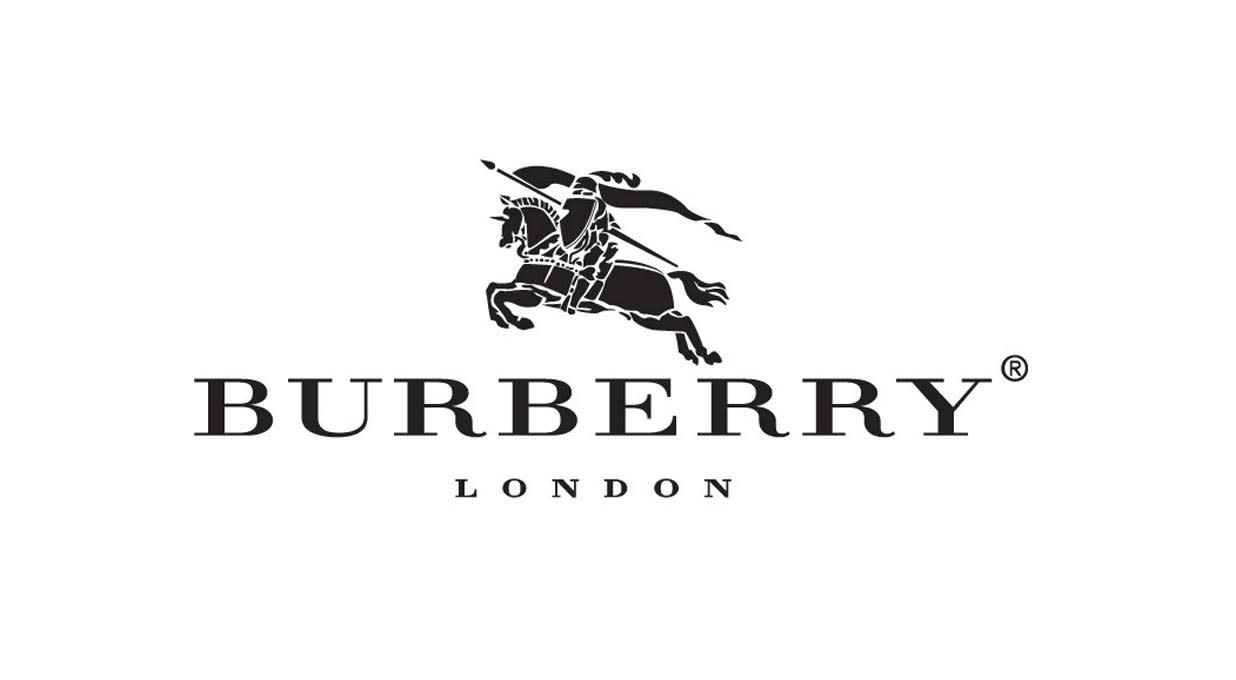Burberry’s first-half revenue fell 20% to £1.1bn, ignoring currency impacts. Performance in Asia Pacific was worse than markets expected, but all regions posted double-digit declines.
The group reported an underlying operating loss of £41mn, down from a profit of £223mn last year largely due to the revenue decline.
Free cash flow worsened from £15mn to £184mn due to less cash being generated from operations. Net debt rose from £0.9bn to 1.4bn.
Burberry has announced a new strategy focusing on its heritage and outerwear, in an attempt to “reignite brand desire”.
No full-year guidance was given, but the group plans to deliver £25mn of cost savings before year-end. Burberry said it was “too early” to determine whether first-half losses could be fully offset in the second half.
As previously announced, dividends have been suspended.
The shares rose 5.3% in early trading.
Our view
Burberry’s first-half trading was a painful read for investors. Double-digit revenue declines across all regions led to the group turning loss-making, and it’s not clear if a strong second half will be enough to offset these losses. But given the near-term outlook for Burberry was so bad, this news was viewed positively by the market on the day.
These results aren’t a complete surprise; slowing trends are being seen across the board in the luxury sector. But the scale of Burberry’s declines is worrying, and turning things around from here is a tough task that requires a fresh approach.
That’s where the new strategy comes in, aimed at reigniting demand for the British brand. Freshly minted CEO Joshua Shulman wants to return Burberry to its origin, focussing on outerwear first. We welcome the change of tack, rather than the headstrong focus of the past, which centred on high-end price points and leather goods.
We don’t expect this to cause a swift turnaround in fortunes though. Building brand desirability requires a lot of investment and even more patience.
In the near term, demand uncertainty in the luxury sector looks set to remain. Cost savings are currently the main route to softening the impact on the bottom line. These should deliver some relief in the second half but they’re more of a plaster than a long-term solution.
The ratio of net debt to cash profit has risen quickly over the last year. Dividend payments have been paused in a bid to try and shore up the balance sheet. That means the prospective dividend yield of 1.6% that’s noted below should be taken with a pinch of salt. There’s no guarantee that payments resume next year.
We think stopping dividends was the right move and should help to keep some kind of cash cushion while Burberry invests for the future and finds its feet again. The group still has access to plenty of cash so liquidity isn’t a concern for now.
The short term remains fraught with some real challenges and uncertainty. On a price-to-earnings basis, the valuation has risen well above its long-run average. But potential investors should keep in mind that reflects weak expected earnings rather than strong market sentiment. A turnaround will require a lot of patience and work to fully leverage the group’s history and brand. Investors should be focussed on the long term and can likely expect some ups and downs along the way.
Environmental, social and governance (ESG) risk
The retail industry is low/medium in terms of ESG risk but varies by subsector. Online retailers are the most exposed, as are companies based in the Asia-Pacific region. The growing demand for transparency and accountability means human rights and environmental risks within supply chains have become a key risk driver. The quality and safety of products as well as their impact on society and the environment are also important considerations.
According to Sustainalytics, Burberry’s management of ESG risk is strong. The group has a very strong environmental policy and executive compensation is explicitly tied to ESG performance targets. However, overall ESG reporting falls short of best practice.
Burberry key facts
All ratios are sourced from Refinitiv, based on previous day’s closing values. Please remember yields are variable and not a reliable indicator of future income. Keep in mind key figures shouldn’t be looked at on their own – it’s important to understand the big picture.
This article is not advice or a recommendation to buy, sell or hold any investment.No view is given on the present or future value or price of any investment, and investors should form their own view on any proposed investment.This article has not been prepared in accordance with legal requirements designed to promote the independence of investment research and is considered a marketing communication.Non - independent research is not subject to FCA rules prohibiting dealing ahead of research, however HL has put controls in place(including dealing restrictions, physical and information barriers) to manage potential conflicts of interest presented by such dealing.Please see our full non - independent research disclosure for more information.


